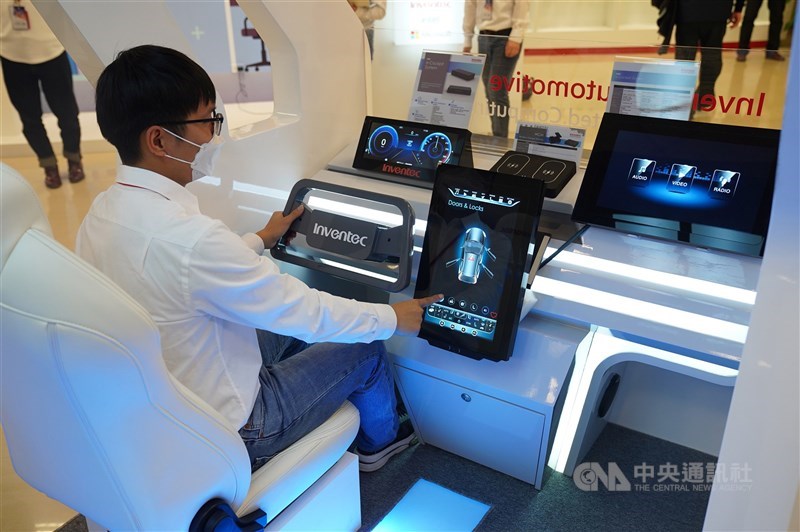Taiwan-developed generative AI system set to benefit all sectors
A locally developed traditional Chinese generative AI system has been further upgraded and is expected to be used by and benefit all sectors in Taiwan in the near future, according to an expert leading the project at an AI forum Tuesday.

A locally developed traditional Chinese generative AI system has been further upgraded and is expected to be used by and benefit all sectors in Taiwan in the near future, according to an expert leading the project at an AI forum Tuesday.
Jane Yung-jen Hsu (許永真), vice chair of the government-initiated Taiwan AI Center of Excellence (Taiwan AICoE), told the audience at an AI forum that the Trustworthy AI Dialogue Engine, or TAIDE, has been further upgraded using Llama 3 (Large Language Model Meta AI) released by Meta on April 19.
TAIDE was initiated by the National Science and Technology Council (NSTC) last April to develop Taiwan’s own large language model.
According to the press release by NSTC on Monday, it took only four days after April 19 for the TAIDE team, building on past experiences, to train, test and release the upgraded TAIDE based on Llama 3, or TAIDE-LX-8B.
The TAIDE based on Llama 2 (TAIDE-LX-7B) was released on April 15, NSTC added.
TAIDE is a product of “standing on the shoulders of giants,” Hsu said at the forum.
Hsu, who is also a distinguished professor at Chang Gung University’s College of Intelligent Computing, added that Llama-3-based TAIDE secured a better performance score in processing traditional-Chinese data than the Llama-2-based system.
Asking ChatGPT 4 to rate translation, summarizing, essay writing, and letter-writing in traditional Chinese by different models, ChatGPT 3.5 had an average score of 1.0, TAIDE-LX-8B an average of 1.008 and TAIDE-LX-7B a score of 0.989, according to Hsu.
Meanwhile, TAIDE is able to provide better information with Taiwanese context compared to ChatGPT, Hsu said, showing some comparisons during her presentation such as asking the system to recommend travel sites in Taiwan and provide information on past Taiwanese politicians with correct historical and social backgrounds.
Asked how TAIDE can defeat simplified Chinese large language models trained by countries that use simplified Chinese characters, Hsu said the purpose of TAIDE is “not to be the world’s first or out-compete others.”
“Frankly speaking, the resources we are able to pour in are much less [than countries that use simplified Chinese countries,” she said.
“However, what we’re trying to solve are practical problems such as providing a model for those enterprises and financial institutions that are not willing to have their data provided to [models trained by non-Taiwanese groups],” Hsu stressed.
So far the model has been trained a lot based on governmental and academic-based documents in Taiwan, as they are the most readily available, she said. “But we are hoping that more information can be obtained with the goal of working with private businesses to commercialize the model for all sectors to use.”
Date: 2024-4-30
Source: Focus Taiwan